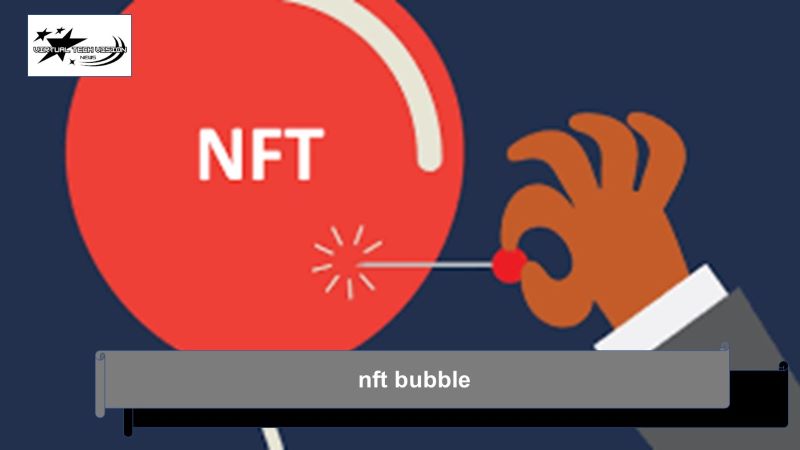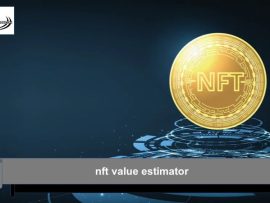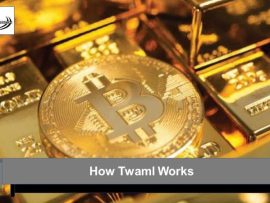The NFT bubble has captivated the digital art and collectibles market, sparking intense interest and debate among investors and creators alike. As we delve into this phenomenon, it is essential to understand the prevailing trends, the inherent risks, and the unique opportunities that arise within the NFT landscape. By examining these factors, we can gain valuable insights into navigating this exciting yet volatile market.
Trends of the NFT Bubble
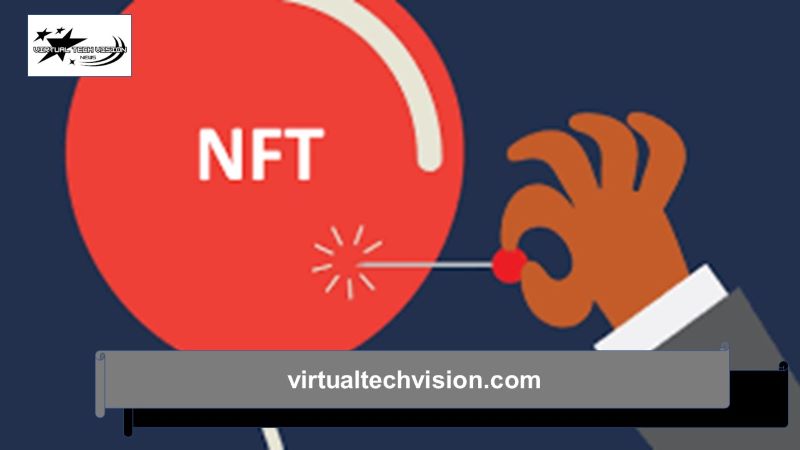
The NFT bubble represents a significant shift in the digital asset landscape, characterized by rapidly evolving trends that have captured the attention of both investors and creators. One prominent trend within the NFT bubble is the surge in digital art sales, where artists leverage blockchain technology to sell unique pieces directly to collectors. This direct-to-consumer model not only increases artists’ earnings but also enhances their visibility in a crowded market.
Moreover, it has seen the rise of virtual galleries and marketplaces, providing platforms for artists and collectors to engage and transact in new ways. These online spaces facilitate the discovery of NFTs, allowing users to explore diverse collections and potentially find high-value assets.
Another trend influencing the NFT bubble is the growing interest from mainstream brands and celebrities. As high-profile individuals and organizations enter the NFT space, they bring with them a wave of attention and credibility. This involvement not only drives demand but also encourages wider adoption among the general public, further inflating the NFT bubble.
Additionally, it has highlighted the increasing importance of community and social interaction within the digital asset space. Many NFT projects prioritize building strong communities that foster collaboration, discussion, and support among members. This sense of belonging enhances the overall experience for investors and creators, making the NFT bubble more than just a financial investment—it’s a cultural movement.
The NFT bubble showcases various trends that have reshaped the way we perceive and interact with digital assets. From the evolution of marketplaces to the influence of celebrities and the emphasis on community, these trends are driving the growth and complexity of the NFT bubble.
Risks of the NFT Bubble
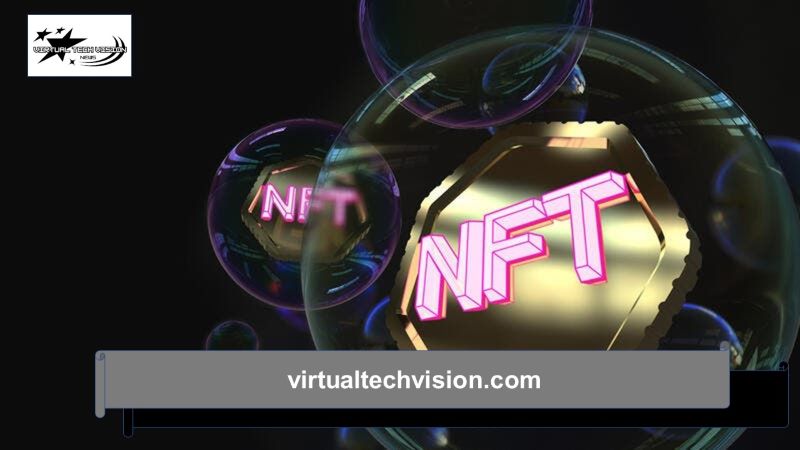
The NFT bubble, while presenting exciting opportunities, also carries a range of significant risks that investors and creators must navigate. One of the primary risks associated with the NFT bubble is market volatility. Prices for NFTs can fluctuate wildly based on trends, speculation, and investor sentiment. This volatility can lead to significant financial losses for those who enter the market at the peak of a price surge, only to see values plummet shortly after.
Another critical risk within the NFT bubble is the potential for overvaluation. Many NFTs, especially those created by lesser-known artists, can be sold for exorbitant prices that may not reflect their intrinsic value. This phenomenon can result in a market correction where prices align more closely with actual demand, leaving many investors holding assets that have dramatically decreased in value.
Additionally, it is susceptible to regulatory scrutiny. As governments and regulatory bodies become more aware of the NFT space, they may implement new regulations that could impact the market. These regulations could affect everything from taxation to intellectual property rights, creating uncertainty and potentially stifling innovation within the NFT bubble.
Another risk is the prevalence of scams and fraud. The rapid growth of the NFT market has attracted malicious actors who exploit the lack of regulation and the naivety of new investors. Common scams include fake NFT listings, phishing attempts, and rug pulls, where creators abandon projects after collecting funds. This environment can lead to significant financial losses for unsuspecting investors within the NFT bubble.
Lastly, there is the environmental concern associated with NFTs. Many NFT transactions rely on energy-intensive blockchain technologies, which can contribute to environmental degradation. As awareness of climate issues grows, the backlash against NFTs could result in decreased demand and value, creating another layer of risk within the NFT bubble.
While the NFT bubble offers exciting prospects for innovation and investment, it is vital for participants to be aware of the inherent risks. Market volatility, overvaluation, regulatory scrutiny, scams, and environmental concerns all present challenges that could impact the sustainability and growth of the NFT bubble in the future.
Opportunities of the NFT Bubble

The NFT bubble presents a unique set of opportunities that can be leveraged by artists, investors, and developers alike. One of the most significant opportunities within the NFT bubble is the democratization of the art market. Traditionally, the art world has been dominated by galleries and auction houses, which often control access and pricing. However, NFTs enable artists to sell their work directly to consumers without intermediaries. This shift allows for greater creative freedom and can lead to more equitable compensation for artists, breaking down barriers that have historically existed in the art market.
Another opportunity presented by the NFT bubble is the potential for innovative revenue streams. Artists can utilize smart contracts within NFTs to earn royalties on secondary sales, ensuring they continue to profit from their work as it changes hands over time. This capability fosters a more sustainable financial ecosystem for creators, encouraging them to produce and share their work while also providing a long-term income source.
It also offers investors a chance to diversify their portfolios. With traditional asset classes facing challenges, NFTs present a novel investment avenue that can yield significant returns. Investors who understand the dynamics of the NFT bubble can identify undervalued assets and capitalize on emerging trends. As demand for unique digital collectibles grows, early investors can reap the rewards of their foresight.
Additionally, the NFT bubble paves the way for community engagement and brand loyalty. Brands and companies are increasingly utilizing NFTs to foster connections with their audience. By offering exclusive digital collectibles or experiences, brands can enhance customer loyalty and create a sense of belonging among their consumers. This engagement can lead to increased brand recognition and a more dedicated customer base.
Lastly, the NFT bubble encourages innovation within the technology space. The rise of NFTs has spurred advancements in blockchain technology, user experience design, and digital marketplaces. Developers and tech enthusiasts have an opportunity to create new platforms and tools that facilitate NFT transactions, enhance security, and improve the overall user experience. This drive for innovation can contribute to the broader evolution of the digital economy.
The NFT bubble presents a blend of trends, risks, and opportunities that define the digital asset landscape. While the growing popularity signals innovative potential, investors must be aware of the associated risks. By grasping the dynamics of the NFT bubble, stakeholders can effectively navigate its complexities and seize opportunities for growth in this evolving digital economy. As highlighted by Virtualtechvision, understanding these factors is crucial for making informed investment decisions.








